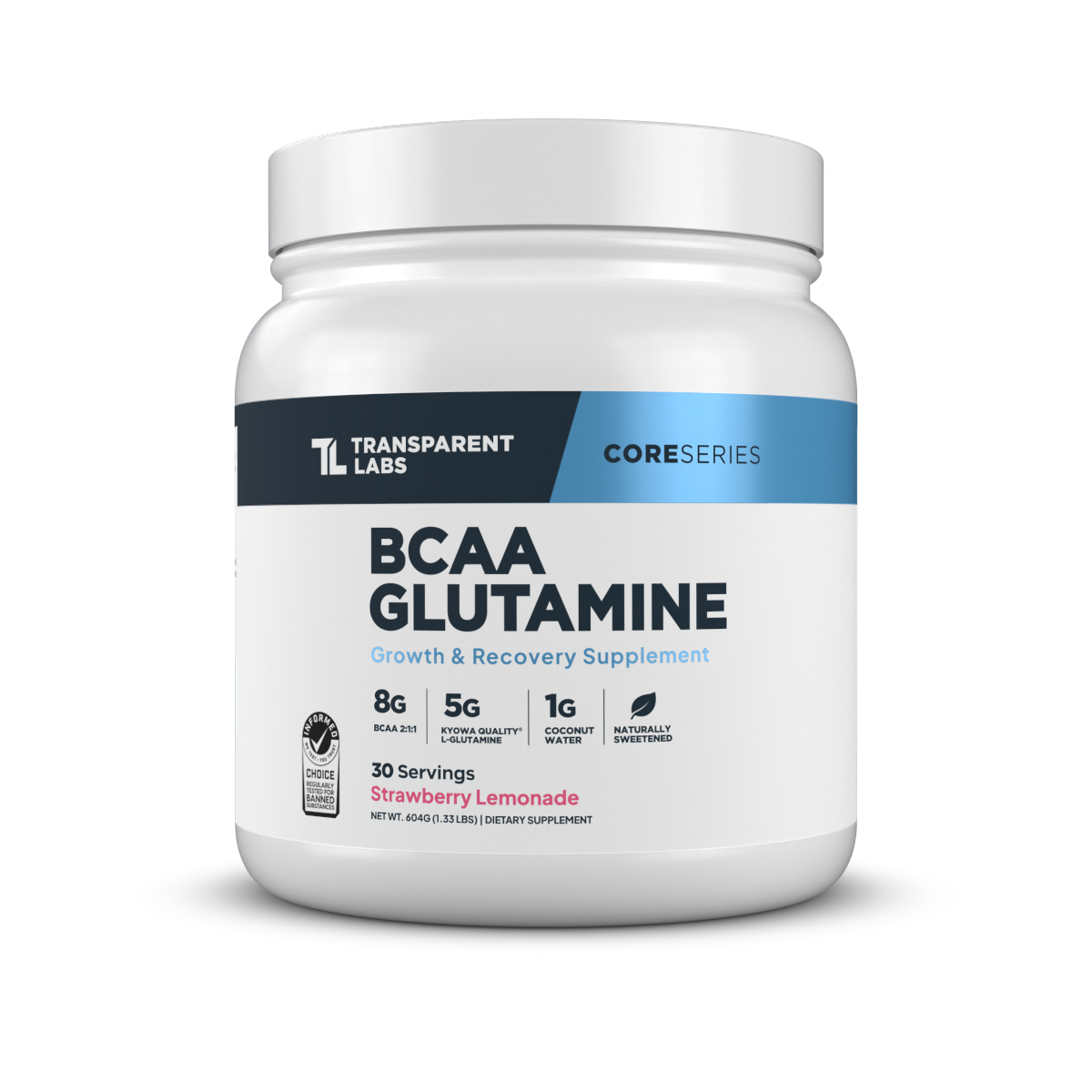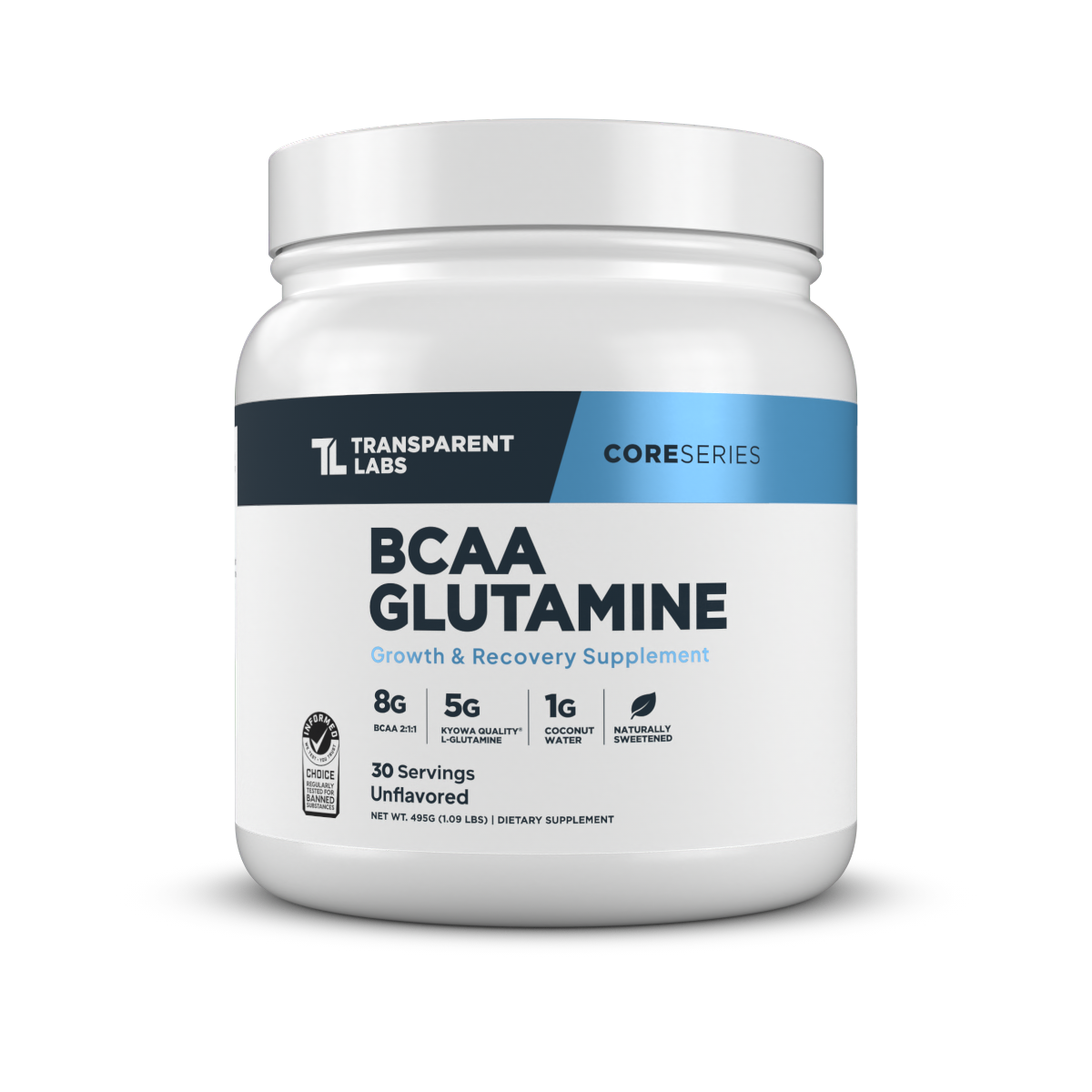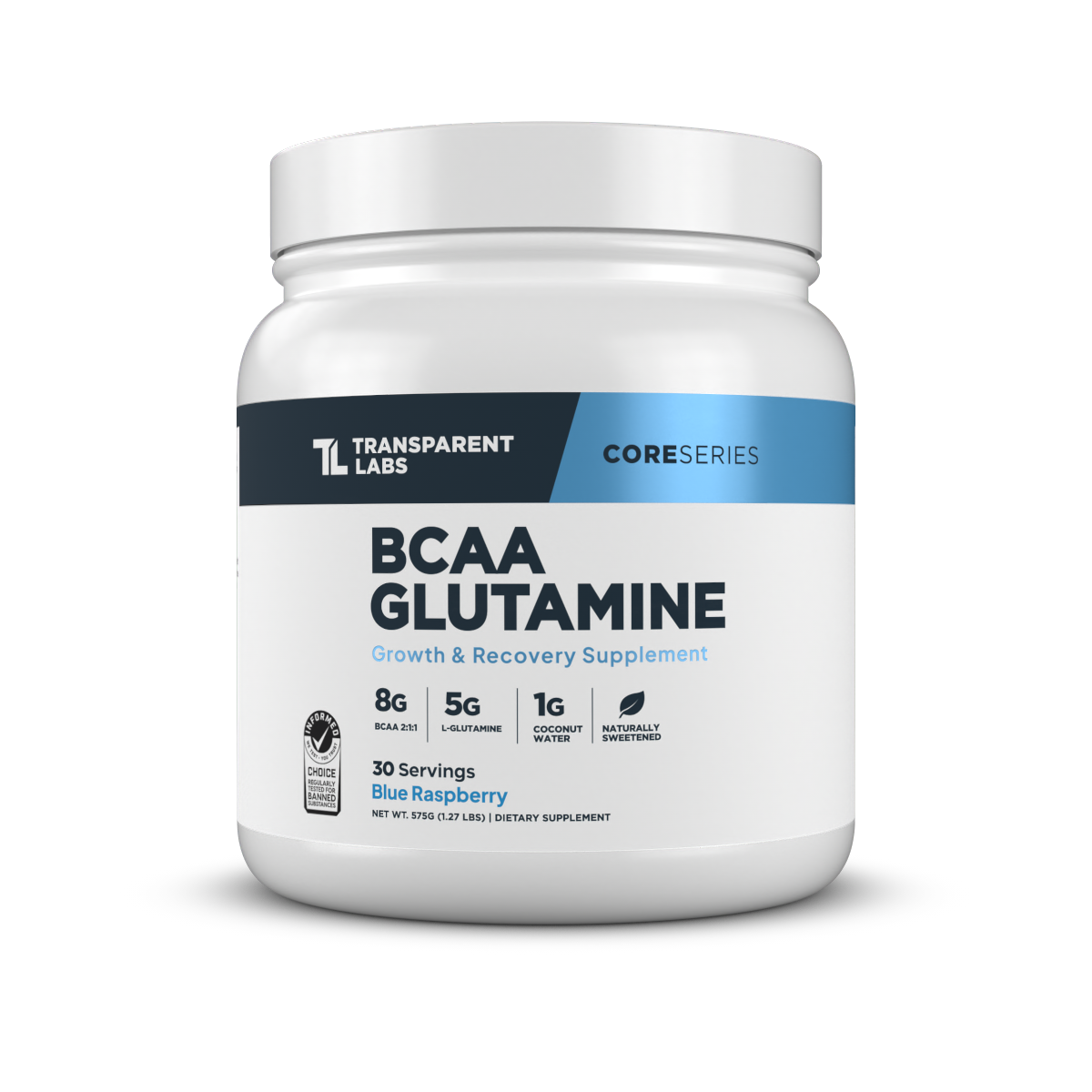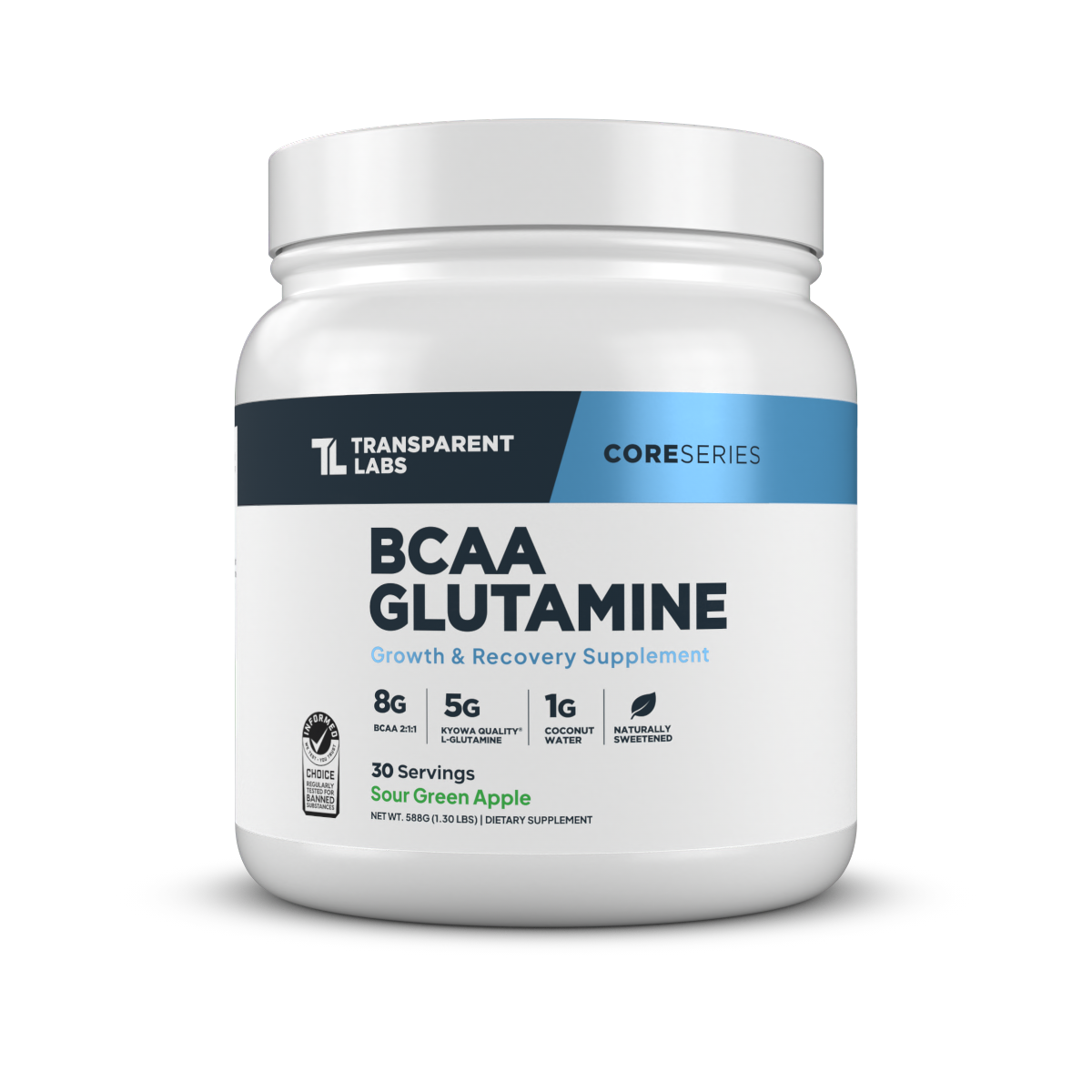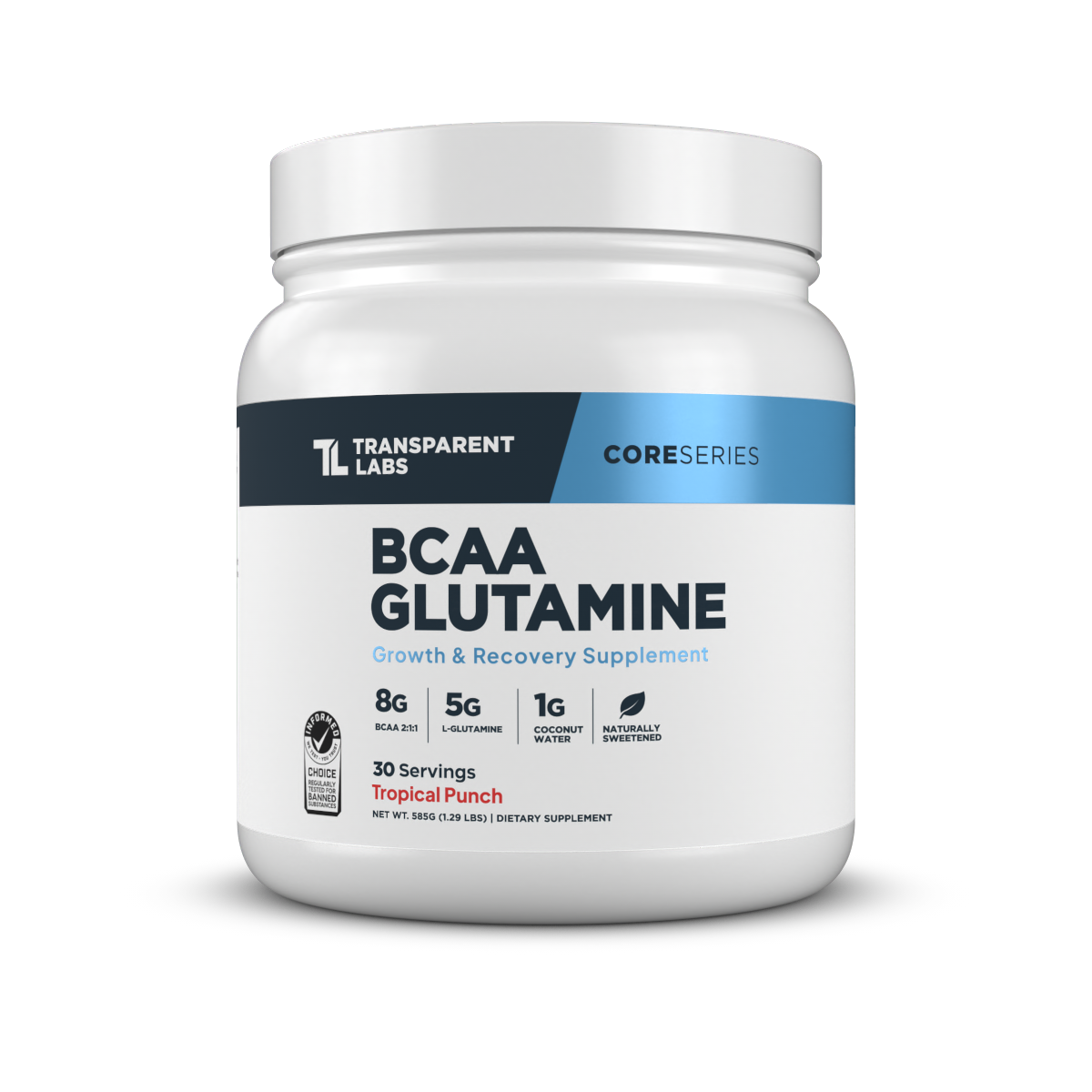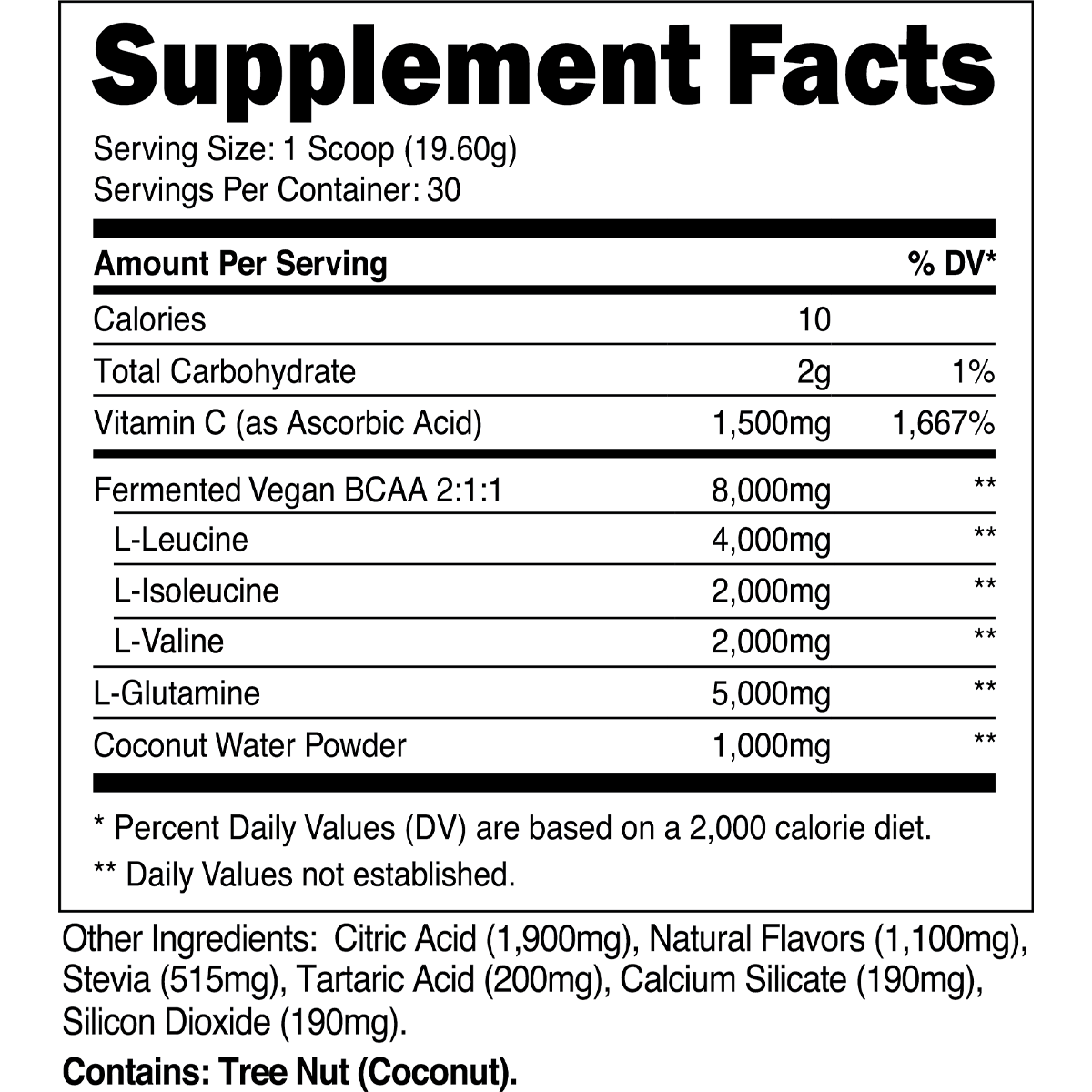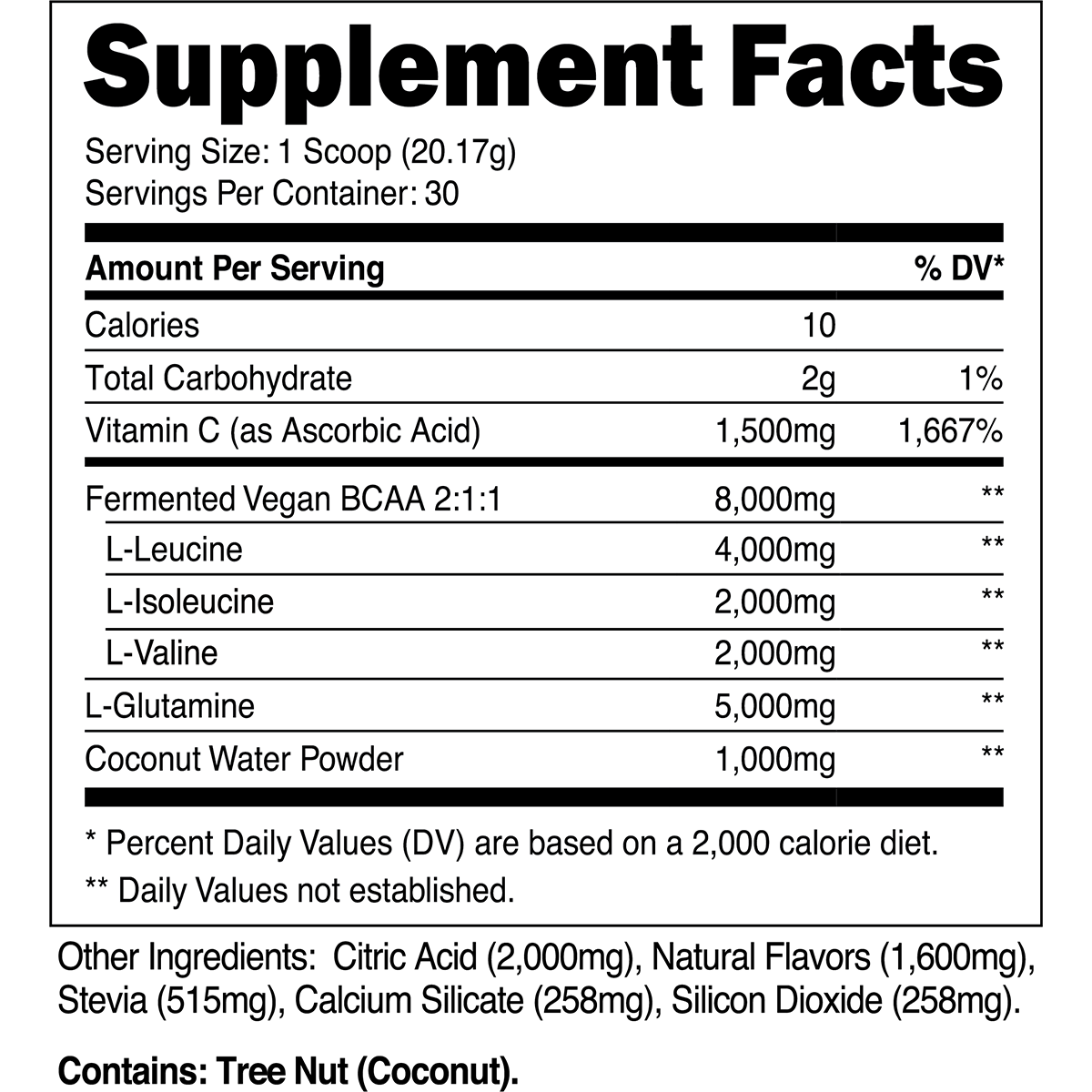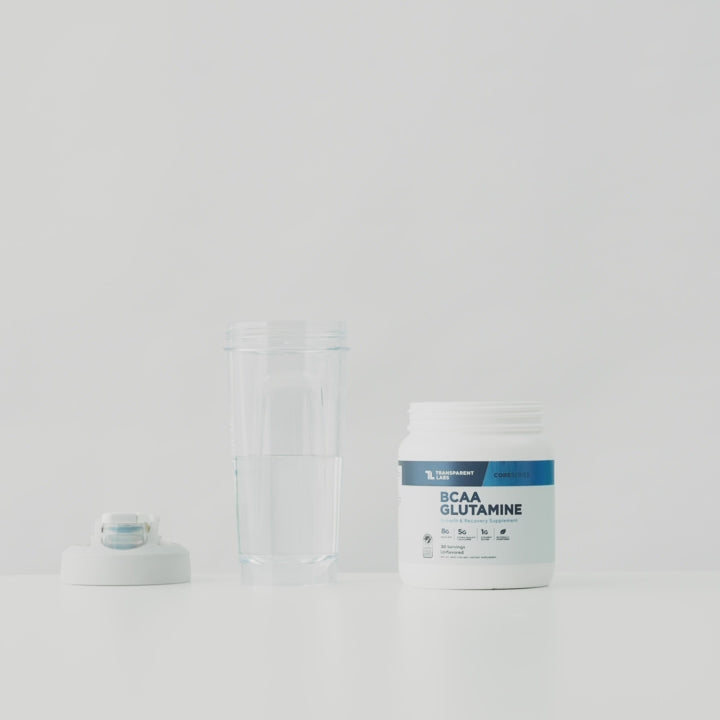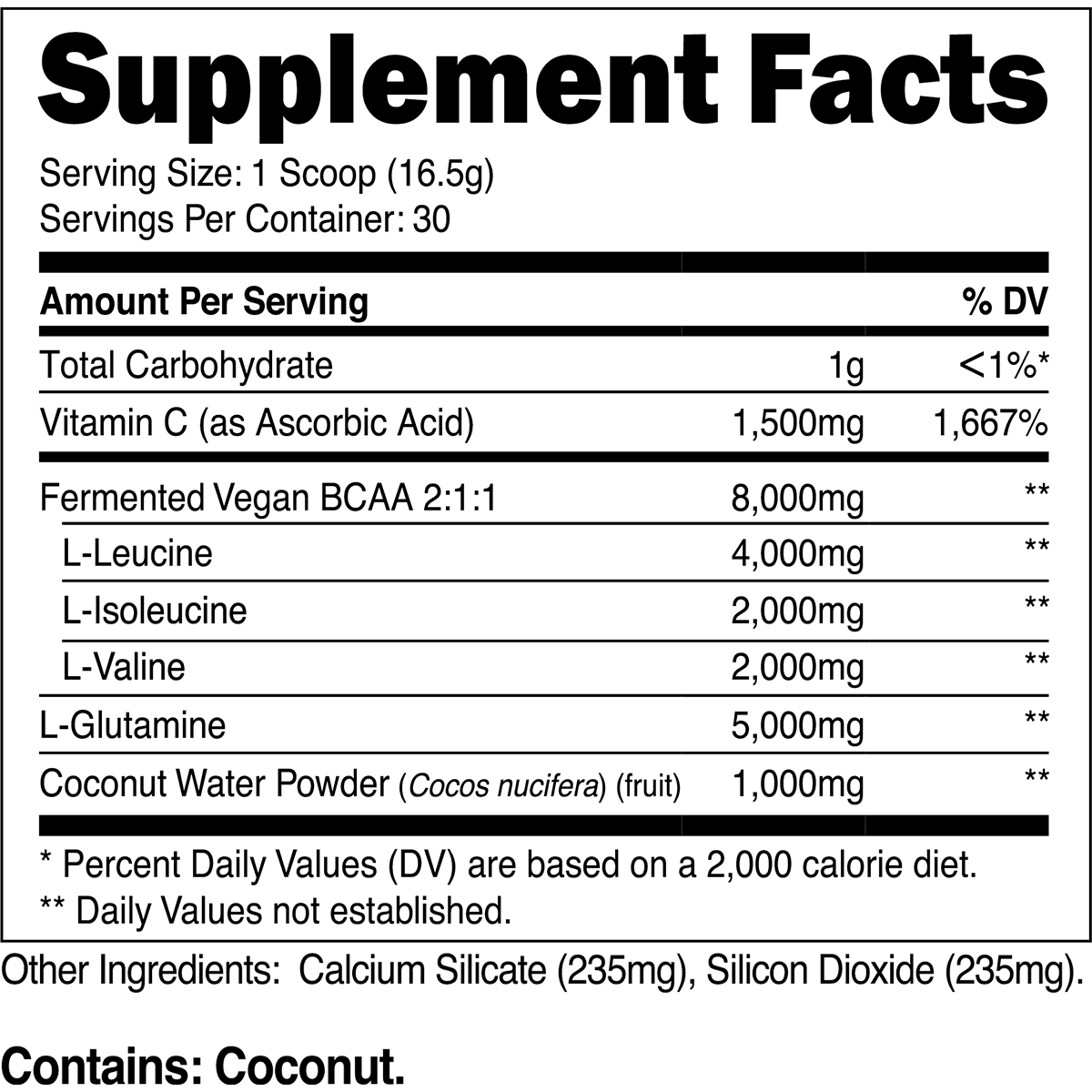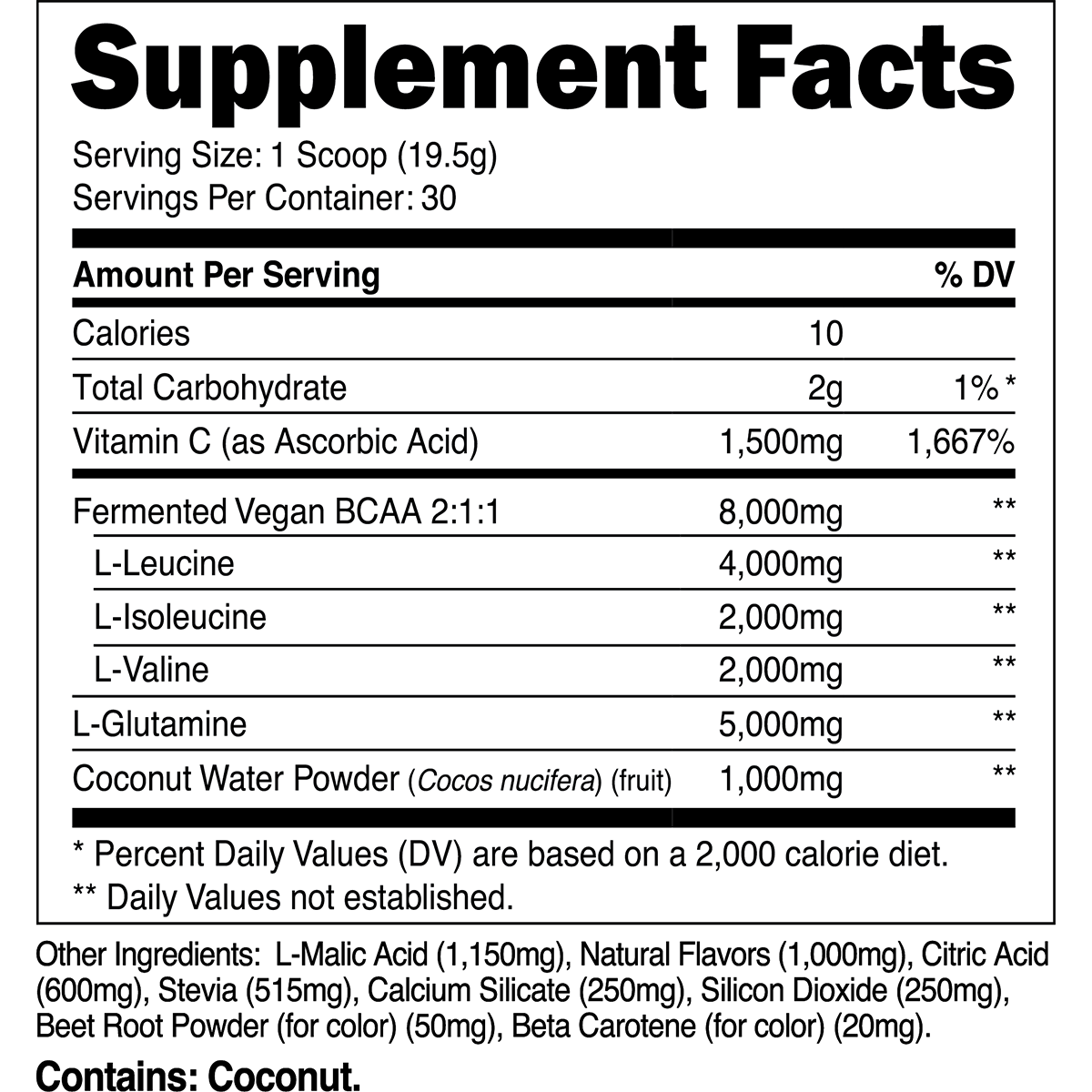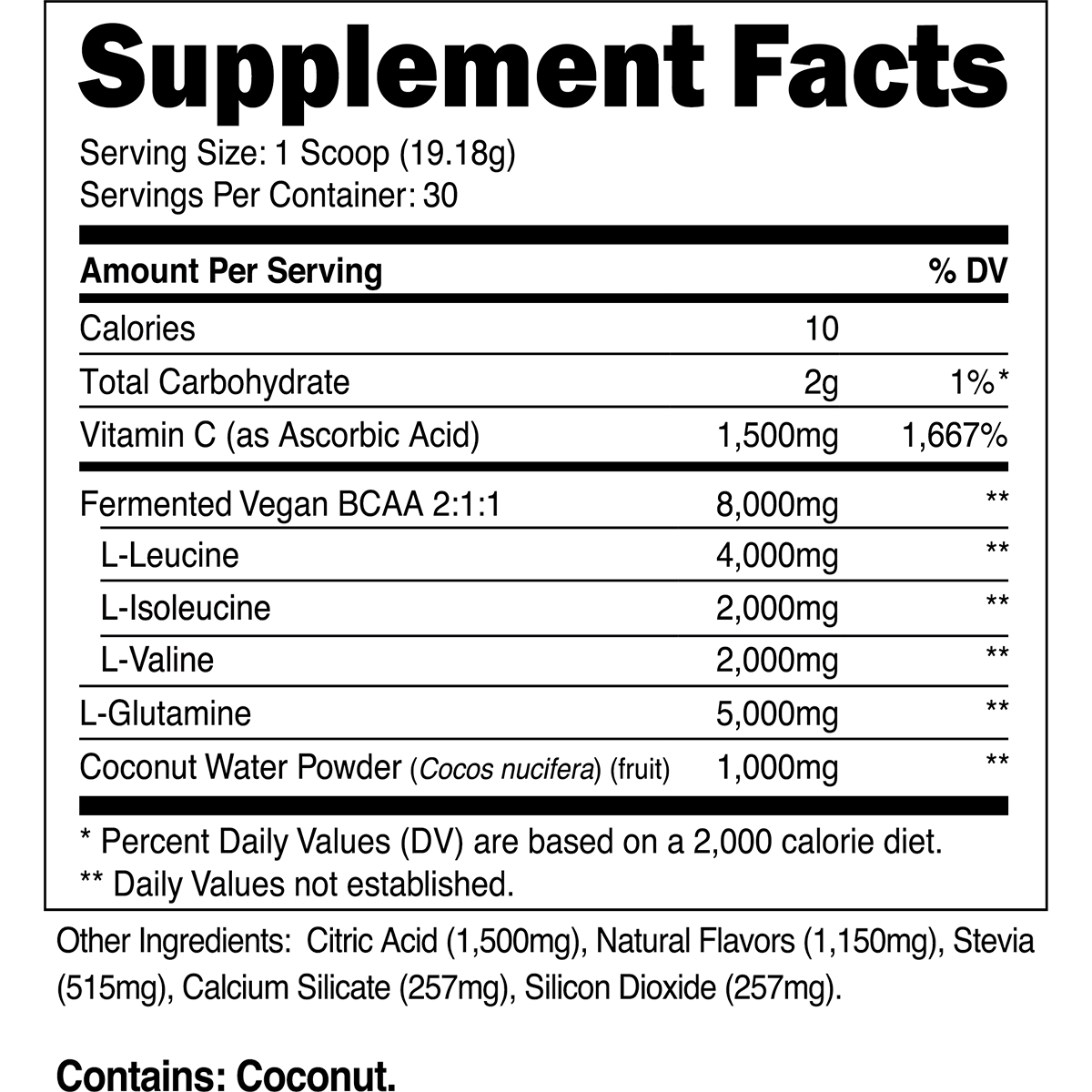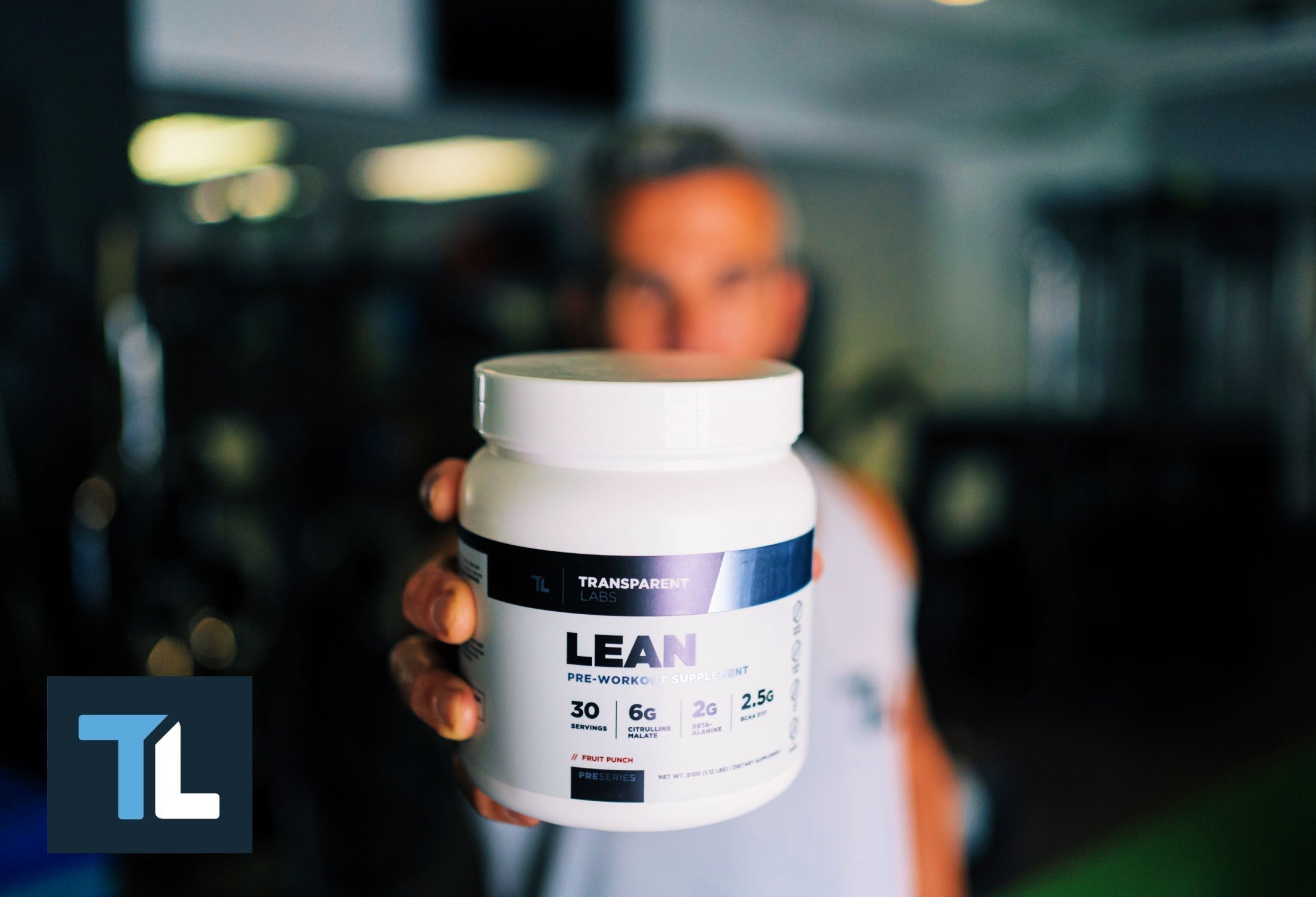Physical activity is an essential component of a healthy lifestyle, and guidelines suggest that healthy adults should engage in a certain amount of moderate or vigorous aerobic activity each week.
But exactly how much cardio should you be doing?
According to Edward R Laskowski and The Department of Health and Human Services, healthy adults should aim for 150 minutes of moderate aerobic activity or 75 minutes of vigorous aerobic activity per week, or a combination of both. This guideline promotes a healthy lifestyle and overall physical wellbeing. [1]
But let's back up a little, when you think of cardio, you assume it’s just for weight loss, right?
Well, not quite. While cardio is essential to a proper weight loss plan, there are a few other things to know. For starters, doing just cardio and not resistance training will yield subpar results for fat loss and body composition.
Cardio and resistance training go hand-in-hand. When coupled with one another, the benefits of both are even more significant. Females, in particular, will shy away from resistance training because they don’t want to “get too bulky.” Frankly, nobody, whether man or woman, has ever incidentally gotten jacked by lifting weights.
So, lift! Even if you want to lose weight and “tone” your body, lifting is just as, if not more important, than walking aimlessly on the treadmill for hours.
What if you’re not trying to lose weight? How much cardio should you do if you’re simply seeking a more active lifestyle? After all, regular cardiovascular exercise has a multitude of health benefits beyond weight loss, such as better heart function, stronger immunity, lower risk of cognitive diseases, and the desirable “runner’s high” that lifts your mood.
Whatever your reason for doing cardio, remember that there is no optimal “cookie-cutter” cardio routine for everyone. However, certain variables — like diet, age, height, weight, activity level, and goals — can help determine how much cardio you should do.
So, if you find yourself asking, “How much cardio should I do?,” keep reading. Below, we'll answer your pressing questions about cardio and how to incorporate it into your fitness regimen.
How Much Cardio Is too Much? 5 Signs of Overtraining
Many gym-goers wonder how much cardio exercise is too much? Is there a limit?
Short answer: Yes, you can do too much cardio.
Like many things in life, there can be too much of a good thing. While cardio does come with many health benefits, including improving heart health, lowering blood pressure, and decreasing your risk of heart disease, excessive cardio can cause adverse health effects.
To be clear, we’re not discouraging you from running, cycling, swimming, or doing other cardio workouts you love. Exercise is essential to your overall health — you just need to be conscious of overtraining. Recovery is just as critical to your results as exercise.
However, your body will tell you when enough is enough. If you experience any of these five signs, listen to your body and take a rest day or two.
1. You’re Restless at Night

For years, physicians recommended regular exercise to cure insomnia. After all, there’s nothing better than crashing into a deep sleep after an intense cardio sesh.
Paradoxically, recent studies suggest that too much exercise can interfere with circadian rhythms and normal sleeping patterns. The Department of Internal Medicine at the University of Lübeck, Germany, found that over-exercising during the daytime can disrupt cortisol levels, which throws off sleep-wake cycles. Cortisol is a steroid hormone that helps the body respond to stress, including exercise (a form of “physical stress”).
Here's the bottom line: If you’re tossing, turning, or running out of sheep to count, try cutting back on the cardio and time spent at the gym. You can also try using a natural sleep aid supplement before bedtime to help you nod off.
2. You Always Feel Sluggish
Do you constantly feel sluggish and out of sorts? You might be doing too much cardiovascular exercise. (Or, it could be because you didn’t sleep at all the night before — again, due to excessive cardio).
Yes, regular exercise provides a boost of energy, but studies also show that too much exercise — and not enough rest or nourishment — can actually deplete your body’s ability to recover both physically and mentally.
3. You’re Always Sore

Feeling sore after a rigorous workout is one of the best, yet worst, feelings. (Raise your hand if you can relate.)
However, there is “good soreness” and “bad soreness.” It’s important to differentiate between the two, so you avoid overtraining.
If your body is begging for a break, take it. Take a rest day, go to a yoga class, relax, nourish yourself — you can train again tomorrow or the day after. Overtraining syndrome symptoms typically include achy or creaky joints, ongoing muscle soreness, lethargy, and lack of motivation to exercise.
Also, chronic joint soreness develops insidiously, so it’s easy to think you can just power through a little pain. But, don’t! It’s not worth it. The more active you are, the more recovery time you need.
4. You Start Dreading Your Workouts
Finding the motivation to workout can be a challenge — even for the fittest athletes. But if you’re feeling beaten down by your workouts, sick of your routine, or even starting to resent your gym and its members, it’s time for a change.
If you're chronically tired, sore, and fatigued (i.e. experiencing overtraining symptoms), you won't enjoy your workouts or perform to your capabilities.
To rekindle your enthusiasm and passion for exercise, take up-to a week off from all demanding physical activity. Don’t go to the gym. Instead, focus on healing your mind and body through “active recovery,” such as yoga, leisurely walks outside, and dynamic stretching.
It might seem like a long time to you, but a week away from the gym is not going to ruin your progress, especially if you’ve been exercising daily for months or years. If anything, you’ll come back more rejuvenated and driven than ever before, leading to better results in the long run.
5. You’re Not Meeting Your Goals

When you want to burn fat or lose weight, is your first thought to increase cardio? Do you spend hours upon hours at the gym, but don't see results?
While some inflammation in response to exercise is normal and healthy, overtraining can exacerbate this response, leading to stagnation and poor health. Research shows that chronic inflammation is directly linked to weight gain and obesity. If you spend hours logging miles on the treadmill but don't see results, do the one thing you haven't tried: Give yourself a break.
Do as Much as Your Body and Mind Can Handle
Working out is not just a physical feat — it's a mental challenge as well. Listen to both your body and mind for signs of overtraining. Again, there is no magic formula.
Everyone has a different body, activity level, and lifestyle. For one person, running four miles every other day is just the right amount of cardio. For another, walking around a track each day for thirty minutes could be enough. You, and only you, can determine how much cardio is too much.
How Much Cardio Should I Do Each Day?

There’s no exact science on how much cardio to do. However, the National Institutes of Health (NIH) recommends about 30-45 minutes of moderate-intensity cardio per day to either maintain a healthy lifestyle or drive you towards your goals.
The NIH also recommends 60 minutes of moderate-to-vigorous exercise per day to avoid gradual weight gain. You can do this in one 60-minute burst, or break it up throughout the day (doing three, 20-minute intervals, for example).
How Much Cardio Should I Do Per Week?

The U.S. Department of Health and Human Services issues physical activity guidelines, which recommends at least 150 minutes of moderate-intensity activity per week (if you break it down, that’s about 30 minutes per day over five weekdays). But again, everyone’s ideal activity level varies.
For example, if you’re already lean and trying to build muscle, you can cut your cardio time down to 60-75 minutes a week and focus more of your energy on intense weight training.
How Much Cardio Should I Do When Cutting?
Let’s talk about cutting.
If you’re trying to cut, the goal is to lose body fat and maintain as much muscle as possible. Ultimately, your body fat percentage is what matters most, not just the number on the scale.
So, how much cardio should you do while cutting? Here's a good rule of thumb: When cutting, spend half the amount of time doing cardio (in minutes), as you do lifting weights.
Keep in mind that your diet plays a major role in burning body fat. You have to implement a calorie deficit — meaning you have to consume fewer calories than you use. Naturally, this is easier said than done.
Your caloric deficit doesn’t have to stem entirely from diet. By adding some extra cardio into your workout routine, you can burn more calories through exercise (calories out) so you don't have to limit your food intake (calories in) quite so much. Note: While cardio isn’t the number one fat-burning method, you should do some cardio when cutting. Just be conscious of overtraining.
Here's an example: If you typically complete four 60-minute weight lifting sessions per week, that equals four hours total. If you divide that by two, you should do about two hours of cardio a week. In total, that adds up to six hours of exercise weekly, or a little over an hour a day assuming you exercise on weekdays and take the weekends off. Six hours of exercise per week should not cause overtraining for most people, but it may take some time to adapt if you’re a newbie at the gym.
What Type of Cardio Should I Be Doing When Cutting?
Let’s talk about the best types of cardio and how intensity plays into the equation. As you will soon learn, not all cardio modalities are the same, and the physiological outcomes vary significantly between low-, medium-, and high-intensity exercise.
Cardio Intensity Level
For simplicity, cardio is typically described as either low-intensity steady state (LISS), moderate-intensity steady-state (MISS), or high-intensity interval training (HIIT). You can read more on the differences between these workout styles here: Best Workout Style for Weight Loss.
We suggest pairing strength training and a healthy diet with a mix of low-intensity and medium-intensity steady-state exercise. Here's why: You can do more of these low-impact forms of cardio without hindering muscle development and burning yourself out, or risking other negative drawbacks (like potential injuries).
Benefits of HIIT Cardio
High-intensity interval training tends to be best suited for athletes and fairly advanced trainees since it requires ample mobility, explosiveness, and neuromuscular coordination to perform a true HIIT workout.
Now, the advantage of HIIT cardio is that it produces physiological responses similar to high-volume weight training. You can also save quite a bit of time by performing HIIT since all it takes is about 6-10 max-effort intervals (20-30 seconds each) to increase post-exercise oxygen consumption (PEOC) for upwards of 24 hours.
In non-science terms, HIIT cardio helps you burn significantly more calories meaning you burn more calories after the workout. LISS and MISS cardio do not have the same effect.
The catch is HIIT cardio is hard and requires you to push yourself to the absolute limit so you reach the anaerobic (lactate) threshold near the end of each interval. For example, if you’re going all-out on the exercise bike, pedaling as fast as you can against a strong resistance, you shouldn't be able to pedal for much longer than 20 seconds before your legs feel like they’re full of battery acid. As agonizing as that sensation is, it means you’re working hard enough.
Best Types of Cardio for Weight Loss
The kind of exercise you perform also matters when it comes to cutting. To get optimal results when cutting, we recommend these aerobic exercises, which range from low- to high-impact workouts:
- Cycling
- Swimming
- Elliptical
- Skiing
- Lifting weights or doing bodyweight workouts for cardio
- Power or incline walking
- Jogging
- Running
You can adjust the duration and intensity with every one of these exercises.
For example, let's compare cycling and jogging: If you cycle vigorously (high-intensity cardio) for ten 20-second intervals one day, with 45-60 seconds of light pedaling between each interval, that comes out to about 15 minutes of cardio. The following day you could just do some light jogging or go for a brisk walk (low-intensity cardio) for 45 minutes.
You spent less time doing the high-intensity workout, and more time doing the low-intensity workout, which prevents overtraining. As a bonus, the low-intensity cardio can facilitate recovery by encouraging blood flow to sore muscle tissue. So, really, switching up cardio intensities can work in your favor.
And to reiterate, always listen to your body. If you’re feeling energized, tackle a HIIT cardio session. If your body needs a little recovery, go for a longer bike ride and do some stretching.
Again, perform these exercises in moderation. Cramming in 60-75 minutes of MISS cardio a day could actually impede your lean muscle development and hinder fat loss.
Ask Yourself Again, “How Much Cardio Should I Do?”

Most people should do 150 minutes of cardio per week, spread across 4-7 days, to meet their health goals. If you stick to this recommendation and eat a balanced diet, you’ll do wonders for your overall wellness and longevity.
If your main goal is to burn fat and lose weight, you may need to adjust this number while being conscious of overtraining. Remember, cardio is an adjunct to a proper weight-loss diet — you can’t “out-exercise” bad eating habits.
Focus on controlling your calorie intake and using cardio as a tool to help increase your energy expenditure. Your cardio routine should strike a balance between low-intensity and high-intensity workouts, combined with a consistent resistance training program.
Above all, listen to your body. No personal trainer, calculator, or fitness app is as in-tune with your body as you are. Overtraining can hinder progress. Pair a sustainable diet and fitness supplements with a combination of weight training and cardio, and you’re sure to see results.
![How Much Cardio Should You Do A Day? [Science-Backed]](http://www.transparentlabs.com/cdn/shop/articles/an-on-treadmill-1954524_2ec0e1cd-5a18-4ade-90dd-71023ae11439_1200x1200.jpg?v=1755262801)
